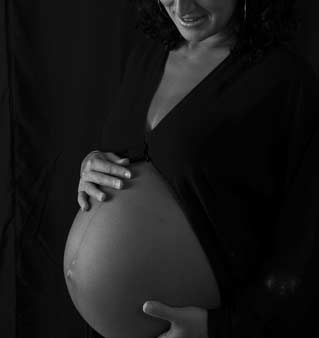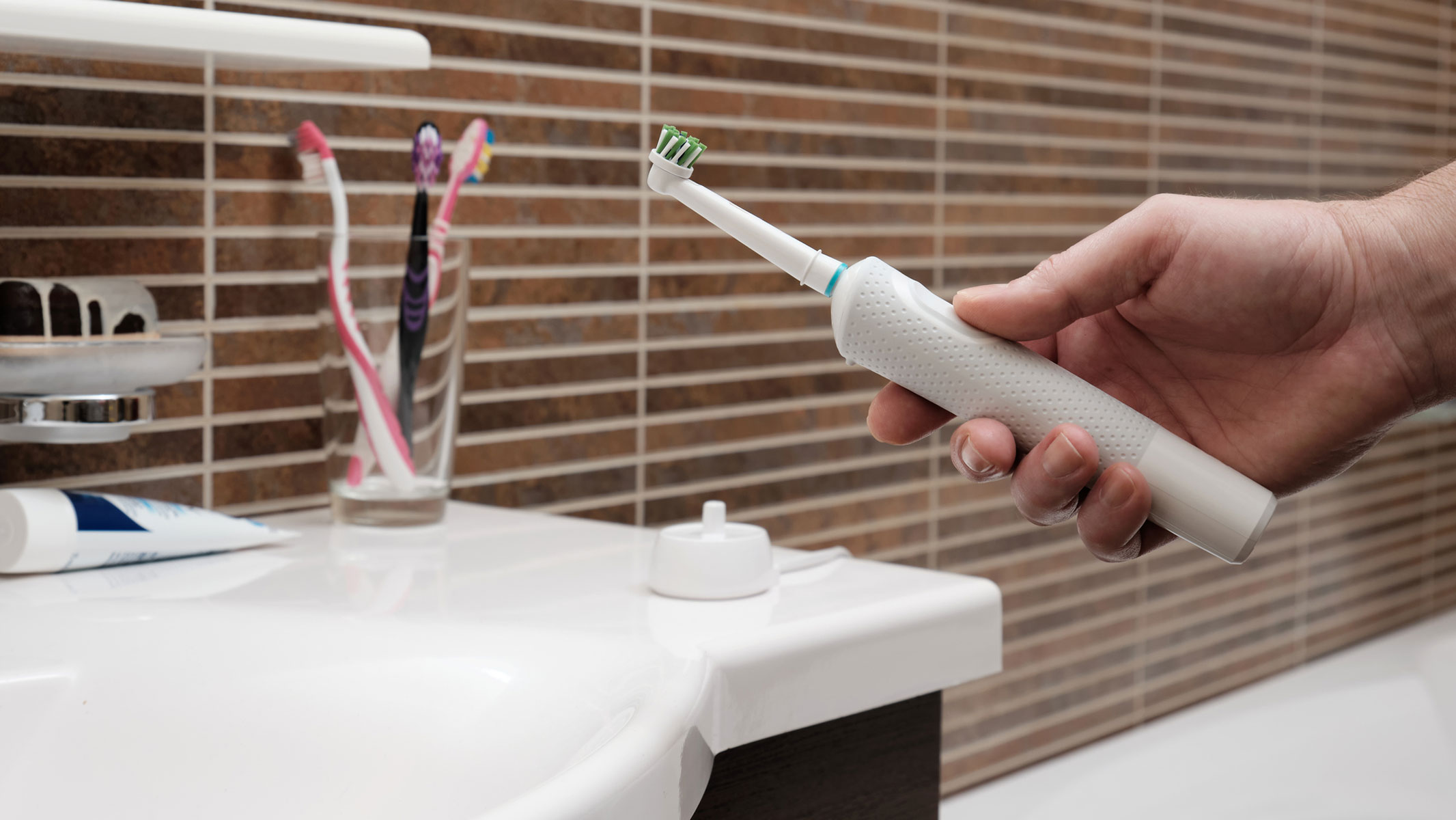Today's American Moms Older, More Educated

Just who falls into the category of "American mom" has changed quite a bit over the last 18 years, according to a new report by the Pew Research Center released today.
The report documents shifts in the population of mothers from 1990 to 2008 and is based on information from the National Center for Health Statistics and the U.S. Census Bureau.
On the whole, mothers tend to be older and have more education today compared to two decades ago. Births to teen mothers are on the decline, while the opposite is true for women over 35. A growing percentage of mothers are not married, and single moms tend to be younger.
While the majority of U.S. mothers are white, this group has decreased from 65 percent in 1990 to 53 percent in 2008, and births to Hispanic women have seen a boost from 14 percent to 24 percent over that same period.
An accompanying Pew survey on parenthood found that most parents cite "the joy of having children" as among the reasons they became mothers and fathers, although almost half also answered "there wasn’t a reason; it just happened."
Other notable stats:
- The percentage of teen moms and moms over 35 has just about flipped. In 1990, 13 percent of births were to teens while 9 percent were to women over 35. In 2008, the percentages were 10 percent to teens and 14 percent to women over 35.
- The percentage of single moms grew from 28 percent in 1990 to a record 41 percent in 2008.
- More than half of moms, 54 percent, had at least some college-level education in 2006, up from 41 percent in 1990.
- Birth rates for women aged 35 to 39 increased by 47 percent, and rates for women aged 40 to 44 increased by 80 percent over the time period.
- The overall number of babies born has remained relatively stable, rising from 4.2 million in 1990 to 4.3 million in 2008. The country saw a dip in the total number of births coinciding with the recent recession.
The changing demographics are likely influenced by a number of factors, the researchers write. For instance, the higher percentage of single moms could result from a rise in births to this group as well as a drop in overall marriages in the country and the fact that women are marrying later.
Get the world’s most fascinating discoveries delivered straight to your inbox.
The rise in older mothers could be due to more women seeking higher education, which might delay both marriage and motherhood. Improvements in fertility treatments for older women, who in general experience a decreased fertility rate as they age, could also contribute to the rise.
"[With] the advent of assisted reproductive technologies, women feel that they have the option to be pregnant even with declining fertility, whereas prior to that, there would have been more of an incentive for them to have their family younger when they felt that they would not have that option," said Dr. Diane Ashton, the deputy medical director at the March of Dimes in White Plains, N.Y., who was not involved in the current study.
Attitudes
So just how do Americans feel about these trends? More than half, 65 percent, say that the rising number of unmarried mothers is generally a "bad thing for society," according to the Pew survey, which included about 1,000 American adults, both men and women.
However, results from the General Society Survey (GSS), funded by the National Science Foundation, present a slightly different picture of how attitudes toward single moms have changed over time. The number of people who agreed that a single parent "can bring up a child as well as two parents together," has increased from 36 percent in 1994 to 42 percent in 2002, according to the GSS survey.
Pew found that most Americans don't think the rise in births to older mothers matters either way, with 47 percent responding it "doesn't make much difference," while 33 percent say it's a good thing and 13 percent say it's a bad thing.
The topic of fertility treatment is more evenly split, with 39 percent saying it doesn't make much of a difference whether people use the treatment to have children, 28 percent saying it's a good thing, 23 percent replying it's a bad thing, and 10 percent saying they don't know or declined to respond.
Increased risk
Women who are over the age of 35 should be aware that they are at increased risk for a number of pregnancy complications, Ashton said. Many changes occur in the body around this time, including being at a higher risk for chronic diseases, such as hypertension and diabetes, which can affect pregnancy outcomes.
Those over 40 have nearly double the risk of having a miscarriage than those 20 or younger. The mortality rate for older women is also 2.5 times higher than that of women in their 20s. And risk for having babies with certain chromosomal diseases, such as Down Syndrome, also goes up with age, as does the risk for having premature babies.
Women over 35 have a higher risk of giving birth to multiples, such as twins, either as the result of fertility treatment, or naturally as a consequence of changes in ovulation. The Pew data reflect this: From 1980 to 2004, there was a 70-percent increase in the birth rate of twins associated with an increase in older moms.
The rise in older mothers "lends itself to women having some information about what the risks are, and thinking about developing a reproductive health plan early on," Ashton told LiveSicence. But she notes that the chances of having complications in pregnancy also depend on the health of the mother in general.
"If she has chronic medical conditions and is in poor physical health, there's a greater risk she's going to have these complications, versus if she has a very active physical life and is in good health otherwise."
- Top 5 Myths About Women's Bodies
- The Top 10 Worst Hereditary Conditions
- The History and Future of Birth Control

Rachael is a Live Science contributor, and was a former channel editor and senior writer for Live Science between 2010 and 2022. She has a master's degree in journalism from New York University's Science, Health and Environmental Reporting Program. She also holds a B.S. in molecular biology and an M.S. in biology from the University of California, San Diego. Her work has appeared in Scienceline, The Washington Post and Scientific American.
